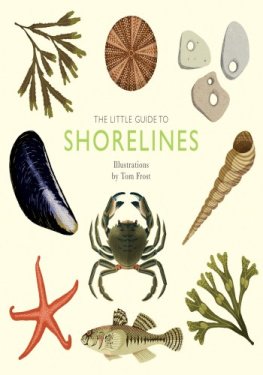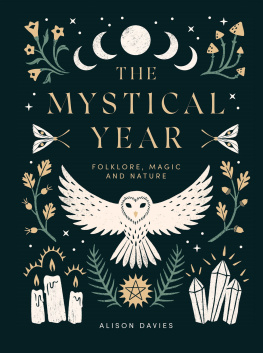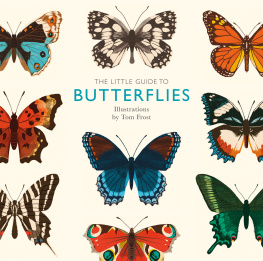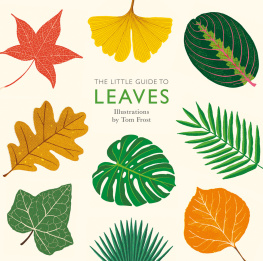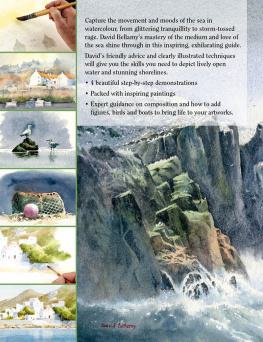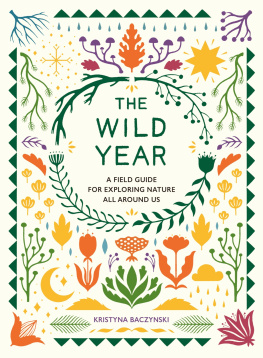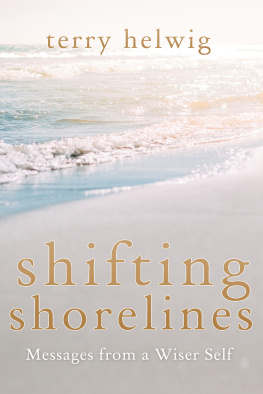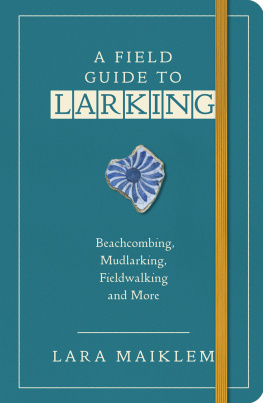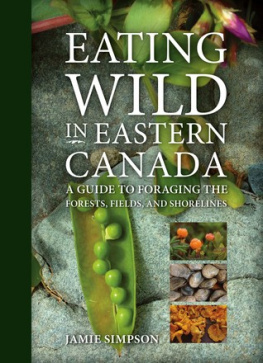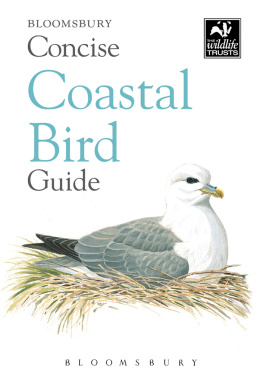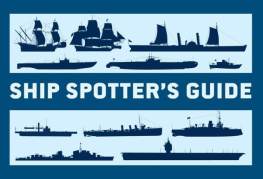
Contents
Take a stroll along the shoreline and you enter a strange subliminal world, where land meets sea, a halfway paradise where the best of both realms convene. Whether you stand with your feet upon the sand, or dip a toe into the ocean, there is something magical about walking the line where the two connect. The creatures that exist here, the shells and flotsam washed up upon the beach, they all have something to add to the picture. They bring colour and curiosity, drama and vitality they make the landscape bristle with life and, like the coastal backdrop, they are wonderfully unique.
From tiny shells and molluscs that battle to survive and manage to thrive against the odds to minute fish and colourful crabs, some blessed with the devils bluster and those who take a more chilled approach to whatever comes their way, there is something for everyone; a different story in the making, it just depends on your preference.
If its enchantment you crave, then you will find it in a whole host of creations that could have come from an artists palette. They have been depicted so beautifully within these pages that you might wonder if theyll crawl out one day and make their way back to the shore. Youll find glorious anemones that sparkle like jewels in the midday sun and sensational sea stars, their curled rays extending outwards, as if beckoning you in. All manner of treasures teeter on the edge ready to plunge into the watery depths or find shelter deep within a rock face. Youll learn where to look for them, and how to identify each one. Youll also discover something of their narrative and what makes them so special.
This book invites you to take a walk through the pages and feel the sea breeze upon your skin. Enjoy the beauty of the shoreline, and let it reel you in.


Necora puber
FAMILY NAME Portunoidae
DESCRIPTION With bright red eyes, and back legs like paddles, this crab is usually brown or green in colour
SIZE Up to 9 cm (3 in) along the carapace
HABITAT Beaches and rocky coastlines
DISTRIBUTION Found throughout European waters and coastlines
Also known as the Devil Crab because of its bright red eyes and feisty attitude, this eye-catching crustacean packs a powerful punch. Get too close and you might get a nasty nip, but if you were to pick one up youd notice the soft velvety outer shell from which it gets its name. The velvet effect is thanks to a layer of fine hairs giving it a smooth to the touch feel and appearance. An avid feeder on worms, sea snails and prawns, this crab is known for its bold character and enhanced swimming abilities. Its back legs work like paddles, propelling the crab through the water.

Astropecten articulatus
FAMILY NAME Astropectinidae
DESCRIPTION Has five arms that are purple in hue, as is the central disc; its outlined with an orange margin
SIZE Its arms can grow to between 2 and 8 cm ( and 3 in) in length
HABITAT Found on sandy bottoms at depths of up to 165 m (541 ft)
DISTRIBUTION Found in the western Atlantic including the east coast of the United States, the Gulf of Mexico and the Caribbean Sea
This gorgeous starfish has a tendency to overeat, which can prove fatal if it ruptures its central disc. That said, when it does snack it has five sets of jaws that it uses to swallow its prey whole. Clams are the meal of choice, but its unable to digest the shell so this is regurgitated. With only one opening, this starfish uses its mouth to eat and excrete waste. The beautiful purple hue is the reason for its name, as this is the colour most often associated with monarchs.

Oligocottus maculosus
FAMILY NAME Cottidae
DESCRIPTION A small fish with a tapering body and dorsal and anal fins; it has darker blotches on its back
SIZE Grows up to 8 cm (3 in) in length
HABITAT Found in sheltered spots, and temperate water, in tidepools
DISTRIBUTION Found in the north Pacific Ocean, from the Sea of Okhotsk and Bering Sea down towards the west coast of the United States
This mottled mercurial fish has five irregular splodges known as saddles upon its back. As its name might suggest, its commonly found under rocks and in tidepools along the shoreline. Usually found at depths no more than 9 m (29 ft), this tiny fish can tolerate both high and low salinities, so even when its trapped in a tidepool it can survive. Although its usually a grey-green in hue, it can change colour to blend in with its surroundings, making it easier to ensnare prey. Its favourite eats include small invertebrates, isopods, amphipods, shrimps and worms. The Tidepool Sculpin has a lifespan of five years.

Cancellaria reticulata
FAMILY NAME Cancellariidae
DESCRIPTION A small, sculpted shell with ridges, and six or seven whorls; usually a pale yellowish or cream hue, with orangey-brown bands
SIZE Grows up to around 4.8 cm (1 in)
HABITAT Lives in offshore waters, the shell is often found washed up on beaches
DISTRIBUTION Found in the western Atlantic, the Caribbean Sea, the Gulf of Mexico and the Lesser Antilles
This medium-sized mollusc lives on warm sandy shores. Its handsome shell is a popular beach find and prized for the pattern of rust brown bands that decorate the outer surface. The Common Nutmeg is named because it resembles the seed of the Nutmeg plant, while the family name evolves from the word cancellate meaning lattice-like. This relates to the ribs and spirals that seem to interlace and cross each other on the outer surface.

Paguroidea
FAMILY NAME Coenobitidae
DESCRIPTION Reddish brown in colour, the Hermit Crab borrows its shell from sea snails; its right hand pincer is longer than its left
SIZE Length of the body is around 3.5 cm (1 in)
HABITAT Rocky shorelines, commonly found in rock pools
DISTRIBUTION Most common in the cooler waters of Northern Europe
There are over 800 types of Hermit Crab throughout the world. Most of these live in the ocean, although some are land-dwellers. Unlike other crabs they cannot grow their own shell so they borrow their home from sea snails or whelks. Their body has a curled tail with a hook, which allows them to slot neatly inside. Once theyve found a shell to coil up in they must be prepared to fight for it, as other Hermit Crabs will try to evict them. This usually takes the form of a challenge in which the contender knocks on the shell to draw the existing crab out so battle can commence. The victor wins a new home, while the loser is left in the cold.

Echinus esculentus
Next page
